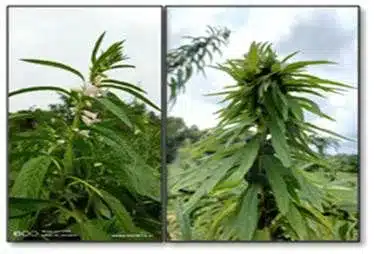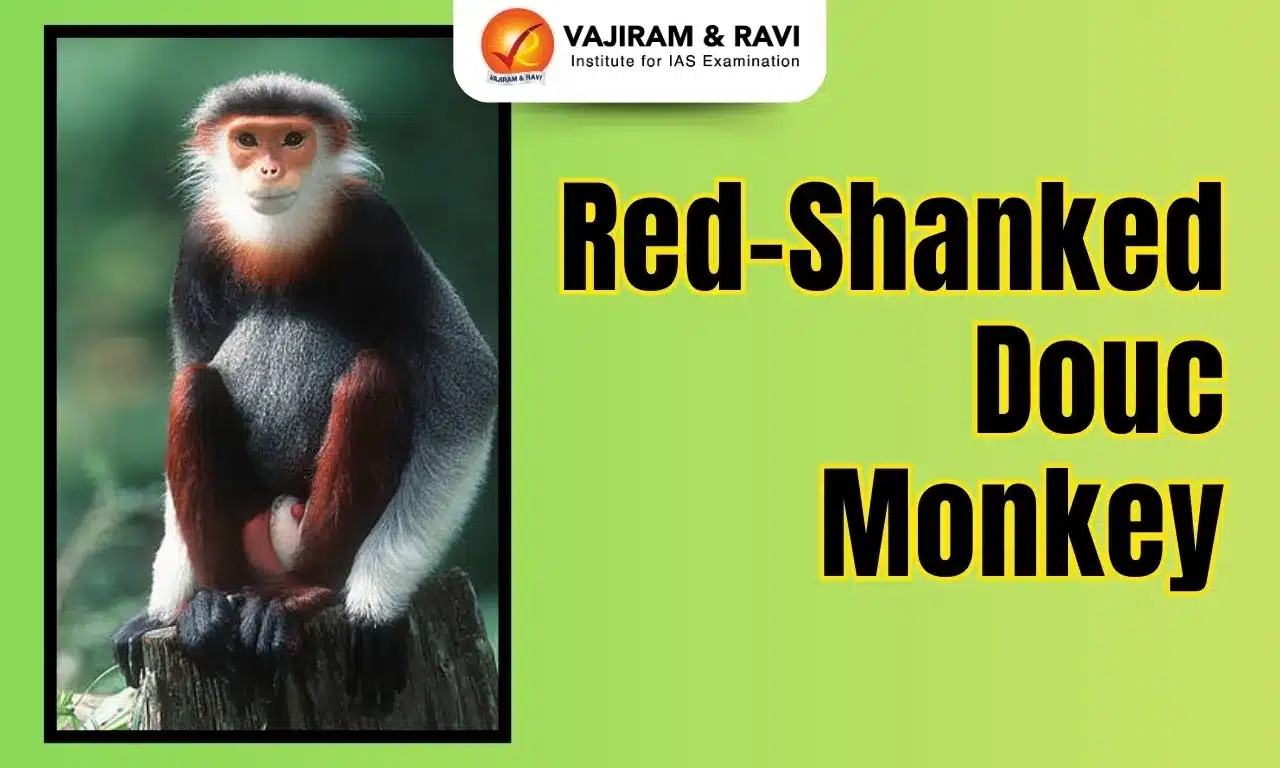About Candidatus Phytoplasma:
- It is a microbe with a cell wall lacking Mollicutes bacteria.
- These bacteria thrive in the nutrient-rich phloem and sieve cells of plants.
- Transmission: The transmission of these pathogens takes place primarily through phloem feeder insects (leafhoppers, plant-hoppers, psyllids, and dodders), which are known to infect many commercially valuable crops like Catharanthus, tobacco, maize, and grapevine.
- The manifestations of the disease are disfigurement and virescence of the floral parts, giving a leafy appearance.
Key facts about Sesame
- Sesame (Sesamum indicum L.) is the oldest indigenous oilseed crop, with the longest history of cultivation in India.
- Sesame or gingelli is commonly known as til (Hindi, Punjabi, Assamese, Bengali, Marathi), tal (Gujarati), nuvvulu, manchi nuvvulu (Telugu), ellu (Tamil, Malayalam, Kannada).
- It is a primordial oilseed crop since the remnants of sesame seeds were discovered at Harappa and Mohenjodaro.
- Climate Requirement:
- Sesame is grown in almost all the states in large or small areas. It can be cultivated up to the latitude of 1600m (India 1200 m).
- Temperature: Normally the optimum temperature required during its life cycle is between 25-35 0C.
- If the temperature is more than 40 0C with hot winds the oil content reduces.
- Soil: Sesame can be grown on a wide range of soils, however well drained light to medium textured soils are preferred. It does best on sandy loams with adequate moisture.
- Climate: Semi arid climate of Western India, Central, Eastern and Southern part of India including lower Himalayas.
- Season : It is cultivated during Kharif in arid and semi-arid tropics and rabi/summer in cooler areas.
- The crop is grown in almost all parts of the country. More than 85% production of sesame comes from West Bengal, Madhya Pradesh, Rajasthan, Uttar Pradesh, Gujarat, Andhra Pradesh and Telangana.
- Uses: Sesame oil is excellent from a medicinal point of view. It contains antioxidants, and it is perfect for heart patients.
Q1: What is Bacteria?
These are microscopic single-celled prokaryotic organisms that play a crucial role in the ecosystem and have a significant impact on human health. Bacteria can be found all over the world, including the top of the mountains or the deeper trenches in the oceans.
News: New Microbe reverting sesame flowers to vegetative state identified
Last updated on December, 2025
→ Check out the latest UPSC Syllabus 2026 here.
→ Join Vajiram & Ravi’s Interview Guidance Programme for expert help to crack your final UPSC stage.
→ UPSC Mains Result 2025 is now out.
→ UPSC Notification 2026 is scheduled to be released on January 14, 2026.
→ UPSC Calendar 2026 is released on 15th May, 2025.
→ The UPSC Vacancy 2025 were released 1129, out of which 979 were for UPSC CSE and remaining 150 are for UPSC IFoS.
→ UPSC Prelims 2026 will be conducted on 24th May, 2026 & UPSC Mains 2026 will be conducted on 21st August 2026.
→ The UPSC Selection Process is of 3 stages-Prelims, Mains and Interview.
→ UPSC Result 2024 is released with latest UPSC Marksheet 2024. Check Now!
→ UPSC Prelims Result 2025 is out now for the CSE held on 25 May 2025.
→ UPSC Toppers List 2024 is released now. Shakti Dubey is UPSC AIR 1 2024 Topper.
→ UPSC Prelims Question Paper 2025 and Unofficial Prelims Answer Key 2025 are available now.
→ UPSC Mains Question Paper 2025 is out for Essay, GS 1, 2, 3 & GS 4.
→ UPSC Mains Indian Language Question Paper 2025 is now out.
→ UPSC Mains Optional Question Paper 2025 is now out.
→ Also check Best IAS Coaching in Delhi

















